July 11, 2019 Beijing time, Quality Assessment Team of the National Time Service Center of the Chinese Academy of Sciences observed several Galileo satellites by using the 40m large-diameter antenna located in Haoping Observation Station. The E1 signal in the abnormal period of the ephemeris was analyzed and compared with the historical monitoring data. The results showed that the quality of navigation signals was not affected by the ephemeris update anomaly, and the spectrum of Galileo satellite signals still met the requirements.
Galileo satellite broadcast ephemeris had an abnormal period on July 11, 2019 and EU GNSS Service Center announced an abnormal statement of Galileo satellite navigation system. It was reported that Galileo satellite broadcast ephemeris stopped updating at UTC 21:50 on July 11 (Beijing time 05:50 on July 12, 2019) .
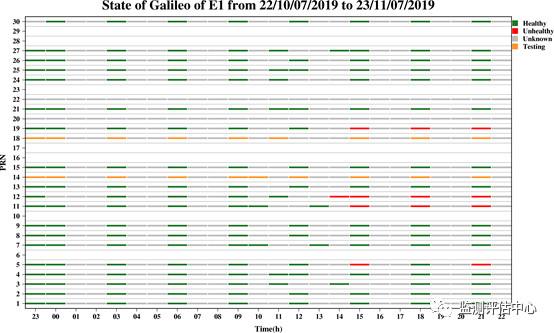
Fig. 1 Galileo ephemeris broadcast status on UTC July 11, 2019 (image from the public” Monitoring and Evaluation Center”)
As shown in Fig. 1, the update of Galileo ephemeris data presents an intermittent state. Green data are updated, and the gray are not.
By comparing and analyzing the E1 signal of GSAT0207 satellite (PRN7) before and after abnormal period, as shown in Fig. 2~4, there are no obvious differences in power spectrum, constellation diagram and time-domain waveform, respectively.
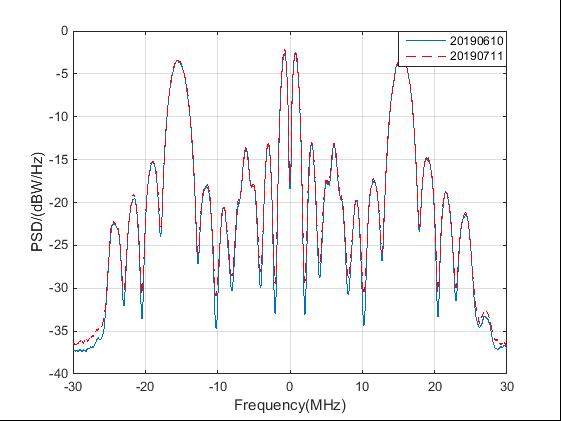
Fig.2 Comparison of Galileo E1 power spectrum between the normal period and the abnormal period of ephemeris update
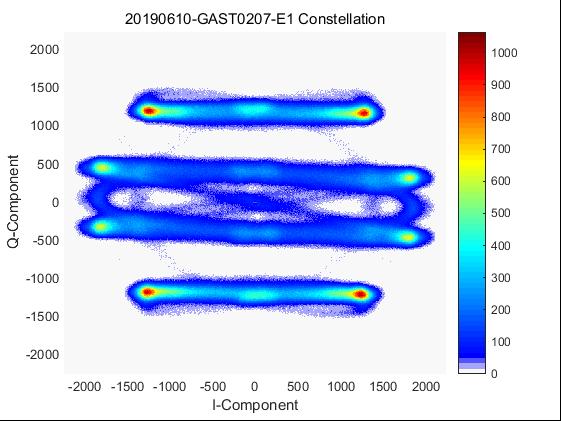
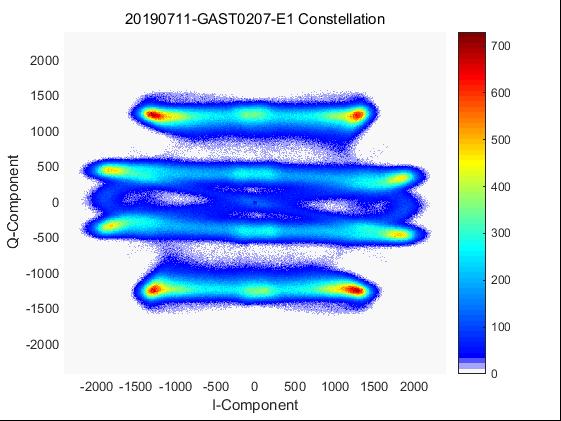
Fig.3 Comparison of Galileo E1 constellation diagram between the normal period and the abnormal period of ephemeris update
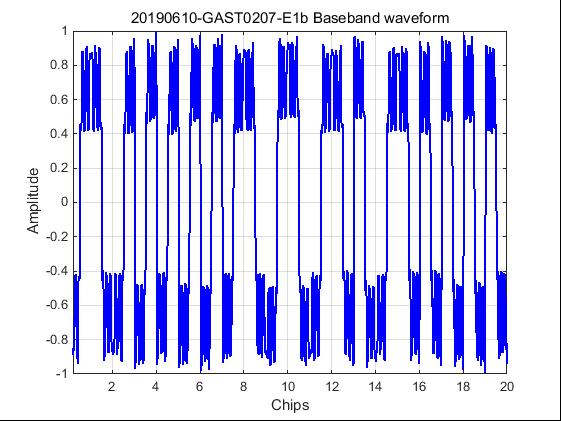
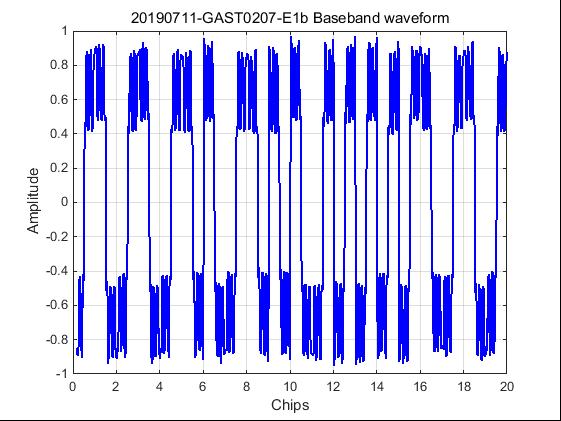
Fig.4 Comparison of Galileo E1 time-domain waveform between the normal period and the abnormal period of ephemeris update
The E1B signal quality parameters of GSAT0207 satellite were analyzed and compared between the normal and the abnormal period of ephemeris update. As shown in Table 1, the parameters are slightly different and the signal performance keeps consistent in the normal period and the abnormal period.
Table 1 Comparisons of Galileo Satellite E1B Signal Quality between Different Status of Ephemeris Update
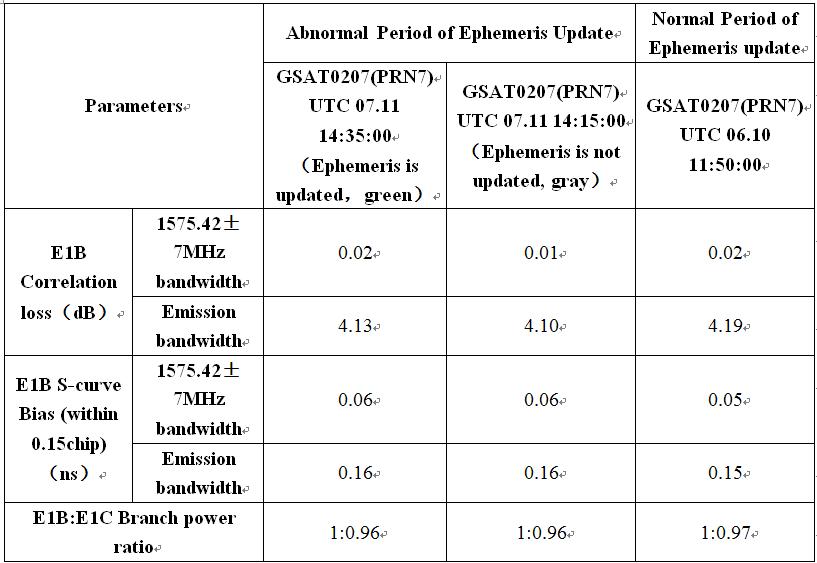
The E1B signal quality of GSAT0205 satellite was analyzed and compared between the two periods when the ephemeris stopped updating and the ephemeris updated normally. As shown in Table 2, there is no significant difference in the signal quality of GSAT0205 satellite and the signal performance is not deteriorated because of the ephemeris update anomaly.
Table 2: Comparisons of Galileo satellite E1B signal quality in the period when the ephemeris stopped updating and when the ephemeris updated normally

It can be seen from the above analysis that the abnormalities of the Galileo system are not related to the signal of the satellite. There exists anomaly in the data of the broadcast ephemeris; therefore the performance of navigation positioning will drop dramatically. After 117 hours and 10 minutes, the Galileo system finally returned to normal at UTC 19:00 on July 16, 2019(3:00July 17th, 2019 Beijing time).


